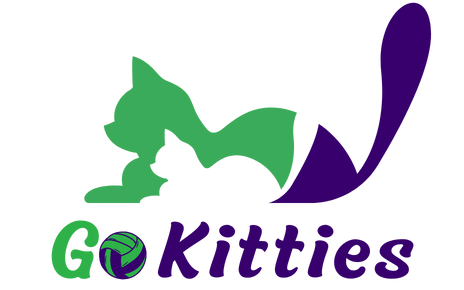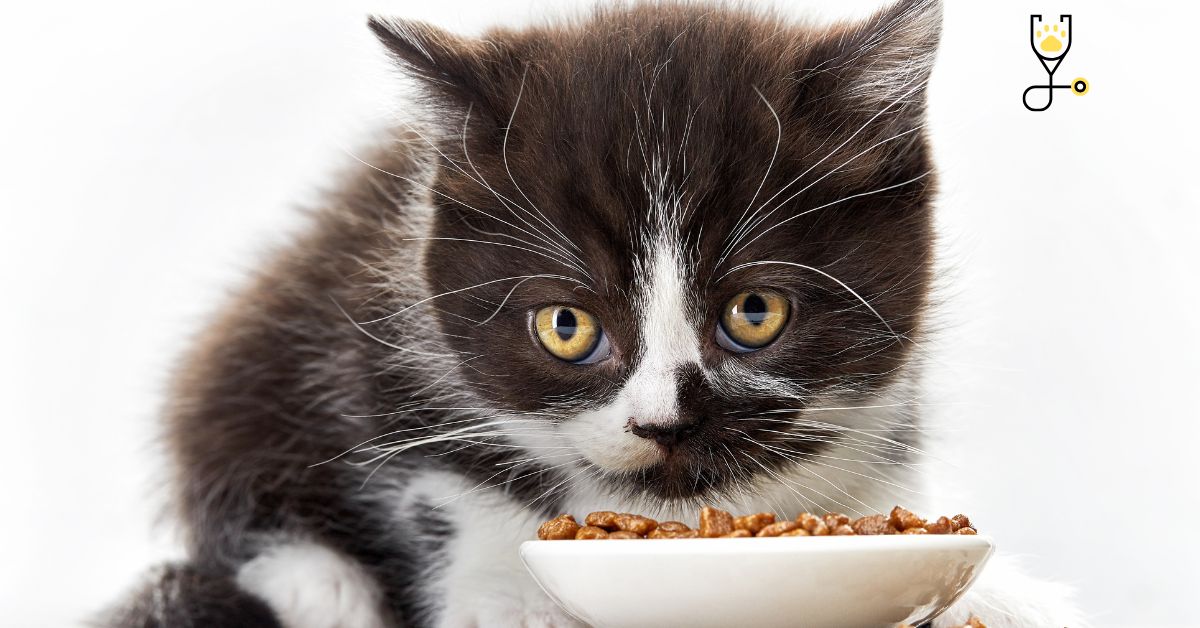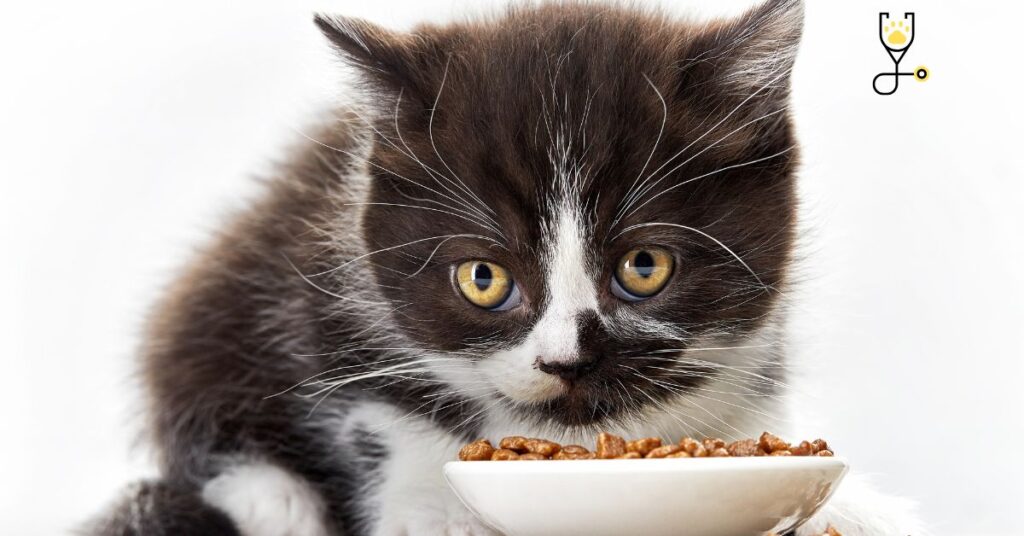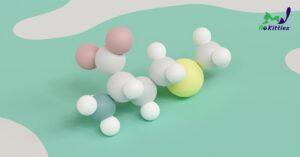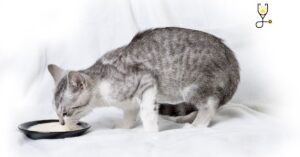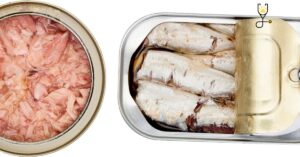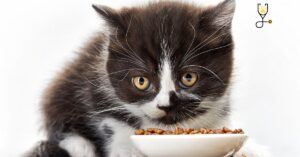Cats are obligate carnivores, meaning that they require animal protein to survive. This means that their diet should be based mostly on meat products, with a small percentage of fruits and vegetables. However, this doesn’t mean that all cat foods are created equal. There are a number of ingredients in commercial cat food that can be dangerous or harmful to your feline friend. In this blog post, we’ll discuss six of the most common culprits. So if you’re curious about what to avoid when buying cat food, keep reading!
1. BHA and BHT
These two chemicals are commonly used as preservatives in cat food. However, they have been linked to a number of health problems in cats, including liver disease and cancer. If you see either of these ingredients listed on a cat food label, it’s best to avoid it.
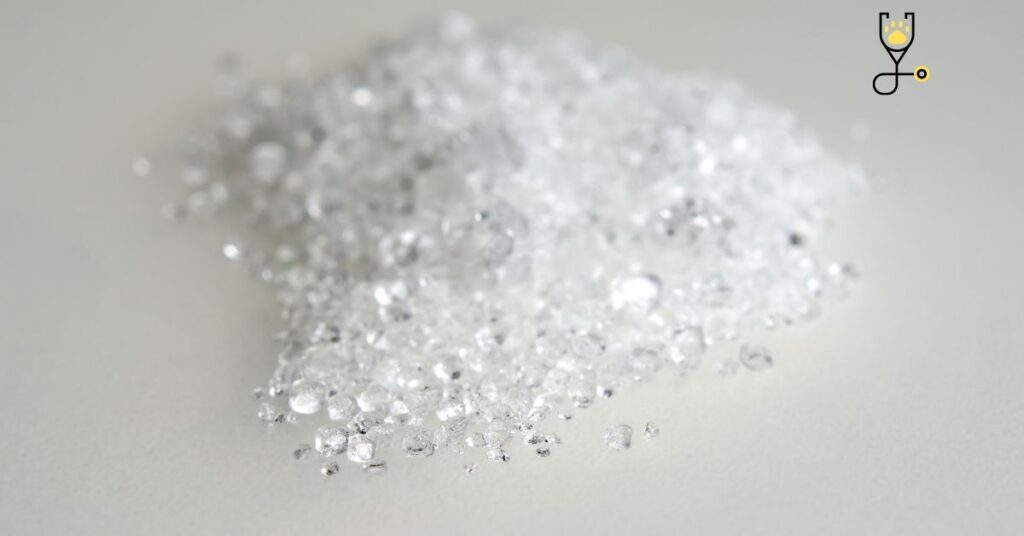
2. Artificial flavors and colors
Like many processed foods, cat food often contains artificial flavors and colors. These substances can be toxic to cats and may cause a number of health problems. Therefore, it’s best to stick with natural, unprocessed cat foods that don’t contain any artificial ingredients.
3. Fatty acids
While cats do need some fat in their diet, too much can be harmful. Fatty acids are often added to cat food to make it more palatable, but they can cause obesity and other health problems. If you see “fatty acids” listed on a cat food label, it’s best to avoid it.
Learn More: 9 Tastes Can’t Cats Experience?
4. Corn
Corn is a common ingredient in cat food, but it’s not particularly nutritious for cats. In fact, corn is often used as a filler ingredient and provides very little in the way of nutrition. If you see “corn” listed on a cat food label, it’s best to avoid it.
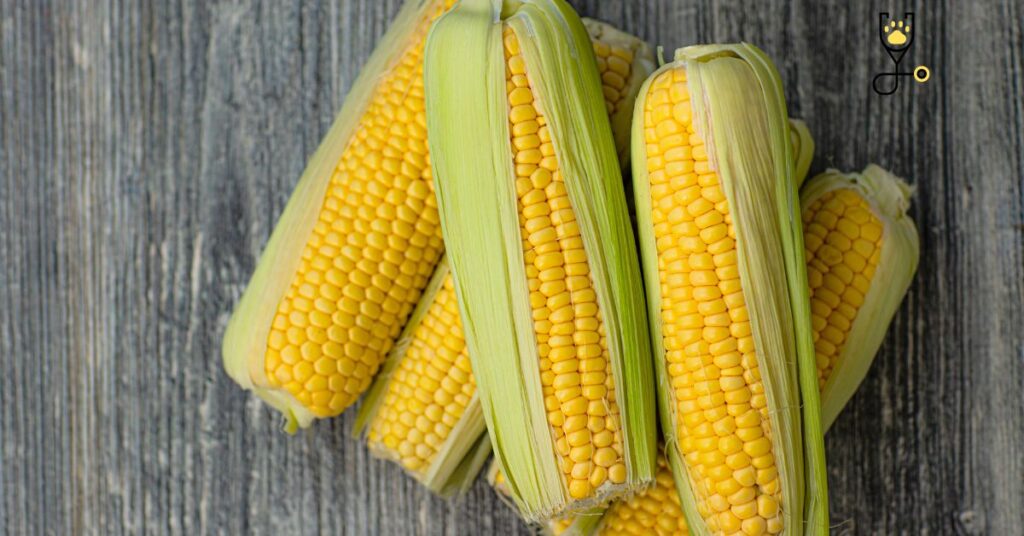
5. Wheat
Like corn, wheat is another common filler ingredient in cat food. It’s not particularly nutritious for cats and can actually be harmful if your cat has a wheat allergy. If you see “wheat” listed on a cat food label, it’s best to avoid it.
6. By-products
By-products are the parts of an animal that is not typically consumed by humans, such as organs, bones, and blood. While by-products may be safe for cats to eat, they’re not particularly nutritious. Therefore, it’s best to stick with cat foods that contain meat as the primary ingredient. If you’re looking for healthy and nutritious cat food, be sure to avoid any products that contain these six ingredients. Choose natural, unprocessed foods that are high in animal protein and low in fillers and artificial ingredients. Your feline friend will thank you!
What Should You Feed Your Cat?
Now that you know what ingredients to avoid, you may be wondering what the best food is for your cat. The answer will vary depending on your cat’s individual needs, but there are a few things to keep in mind. First, cats are obligate carnivores, so their diet should be based mostly on meat products. Second, choose natural, unprocessed foods that are high in animal protein and low in fillers and artificial ingredients. And finally, consult with your veterinarian to find the best food for your cat’s individual needs. With these tips in mind, you’ll be sure to find the perfect food for your feline friend!
Learn More: 10 Best Diabetic Cat Foods and Tips on Feeding

Conclusion
If you’re looking for healthy and nutritious cat food, be sure to avoid any products that contain these six ingredients: BHA and BHT, artificial flavors and colors, fatty acids, corn, wheat, and by-products. Choose natural, unprocessed foods that are high in animal protein and low in fillers and artificial ingredients. Your feline friend will thank you!
Frequently Asked Questions
The answer will vary depending on your cat’s individual needs, but there are a few things to keep in mind. First, cats are obligate carnivores, so their diet should be based mostly on meat products. Second, choose natural, unprocessed foods that are high in animal protein and low in fillers and artificial ingredients. And finally, consult with your veterinarian to find the best food for your cat’s individual needs.
Most experts recommend feeding cats two to three times per day. However, it’s always best to consult with your veterinarian to find out what feeding schedule is best for your cat.
A healthy diet can provide numerous health benefits for cats, including reducing the risk of obesity, heart disease, and other chronic conditions. Furthermore, a healthy diet can also increase your cat’s energy level, improve their fur coat, and make them overall happier and healthier.
Some of the best sources of protein for cats include chicken, turkey, fish, and beef. However, it’s always best to consult with your veterinarian to find out what protein sources are best for your cat’s individual needs.
Yes, there are certain ingredients that you should avoid feeding your cat. These include BHA and BHT, artificial flavors and colors, fatty acids, corn, wheat, and by-products. Choose natural, unprocessed foods that are high in animal protein and low in fillers and artificial ingredients. Your feline friend will thank you!
